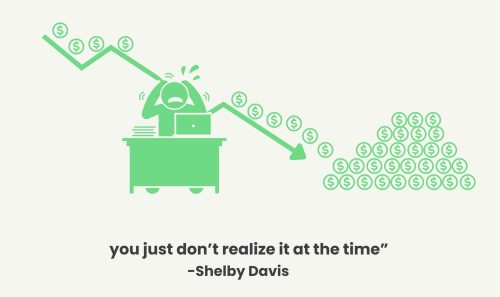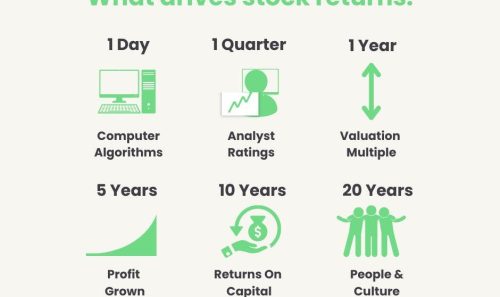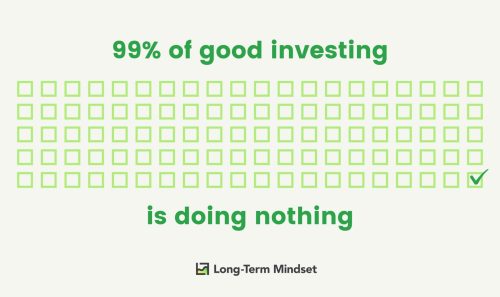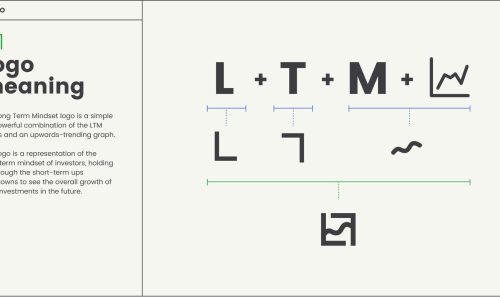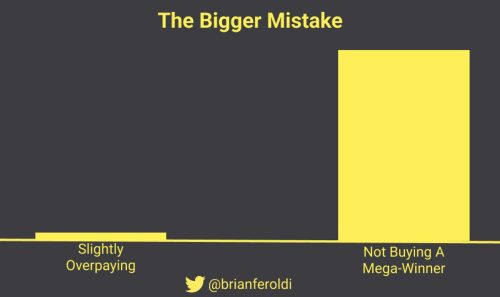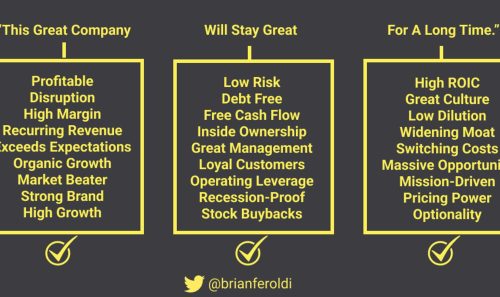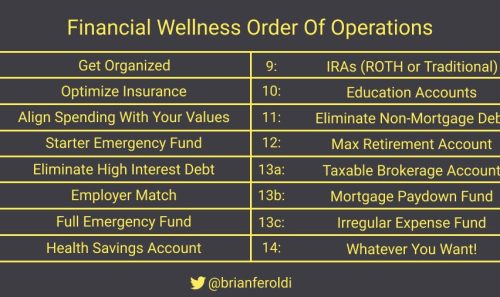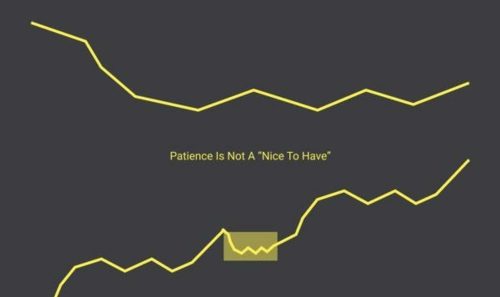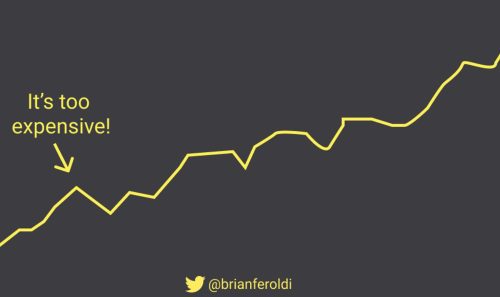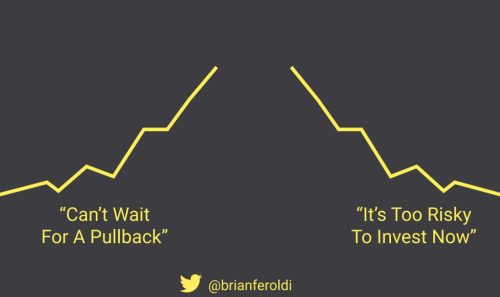🧠 The Most Important Long-Term Investments you’ll ever make.
Friends,
In 1951, a wealthy Cornell student — Jane Leidloff — found herself on a diamond expedition in Venezuela. While there, she fell in love with the indigenous Ye’kuana people. She lived in the jungle with them for three years.
In a book published years later, she included the story of Caesar — born in the tribe, later “adopted” by modern Venezuelans, but who returned to the tribe as an adult.
Initially, Caesar was overjoyed that he didn’t have to work. The rest of the tribe was happy to hunt, gather, and garden for him and his family. But he grew “discontented and irritable.”
Then something changed:
“After five years’ assurance, he felt that no one was pushing him [to build a garden] and was as free to enjoy working. ‘He wanted to make a garden of his own,’ [his neighbor] laughed, ‘but he didn’t know it himself!’ [The neighbor] thought it hilarious that anyone should not know that he wanted to work.”
It’s an observation that is just as salient today as 50 or 5,000 years ago. Speaking on a recent podcast, our friend Morgan Housel noted that same thing:
“This is where a lot of people in the FIRE [Financial Independence, Retire Early] movement get it wrong. Financial independence? Great. Retire early? Giant black hole of despair and depression for a lot of people.”
Why does this matter? Because we are all on a journey to financial independence together.
But that independence only pays real dividends if you live a life centered on:
- A healthy mind and body.
- Supportive, interdependent relationships.
- A sense of purpose and meaning.
In the end, those are most important long-term investments you’ll ever make.
– Brian Feroldi, Brian Stoffel & Brian Withers
Sponsored by ConvertKit
ConvertKit Recommends Sahil Bloom’s Curiosity Chronicle
ConvertKit is the email software behind thousands of newsletters, including Long-Term Mindset. As you might expect, the ConvertKit team reads tons of great content and wanted to share a newsletter recommendation with you.
Sahil Bloom’s Curiosity Chronicle is a twice-weekly newsletter that provides actionable ideas to help you build a high-performing, healthy, wealthy life.
Subscribe to Curiosity Chronicle (Just One Click)
One Simple Graphic:
|
|
One Piece of Timeless Content:
David Foster Wallace, novelist and university professor of English, began a commencement speech with a story of an adult fish asking two younger fish “How’s the water?”. The young fish are confused and remark “What the hell is water?” The remainder of this powerful speech provides perspective on what you can’t see around you and may give you some solace to get through a difficult day.
One Twitter Thread:
Sometimes we can be our worst enemy. Ankur Warikoo provides 17 ways to help understand our often flawed mindset.
June 24th 2022
|
One Resource:
The price-to-earnings ratio can often be a flawed metric, but it’s also one of the most widely used way investors determine whether a stock is under/over valued. Yardeni Research publishes a set of P/E ratios for the S&P500 and shows how it compares over the last several decades providing some nice context on the current market for investors.
One Quote:
|
|
More From Us:
📗 Brian Feroldi’s book is on sale again.
👨🎓 Cohort 3 of our financial statements is currently in progress. Want to know when the next cohort launches? Join the waitlist.


